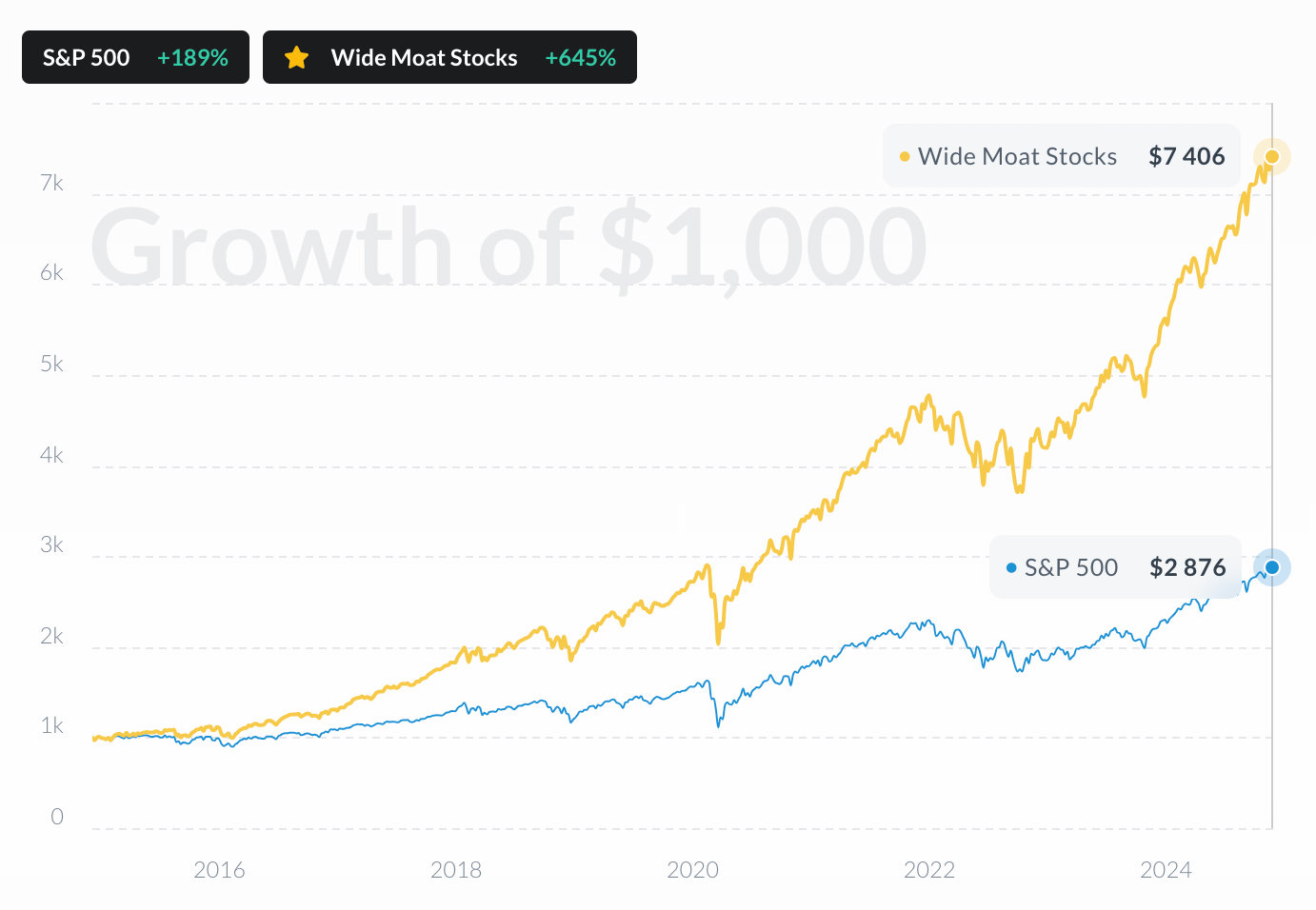 BAC
vs
BAC
vs
 S&P 500
S&P 500
 BAC
BAC
 S&P 500
S&P 500
Over the past 12 months, BAC has outperformed S&P 500, delivering a return of +26% compared to the S&P 500's +14% growth.
Stocks Performance
BAC vs S&P 500

Performance Gap
BAC vs S&P 500

Performance By Year
BAC vs S&P 500

Compare the stock's returns with its benchmark index and competitors. Gain insights into its relative performance over time.
Bank of America Corp
Glance View
Bank of America Corp., a behemoth in the financial services sector, has carved its niche by weaving a complex tapestry of banking operations that touch nearly every aspect of modern financial life. Founded in the early 20th century and headquartered in Charlotte, North Carolina, the company has grown from its roots as a regional player into a global powerhouse. This transformation was facilitated by a series of strategic acquisitions and mergers, including the pivotal acquisition of Merrill Lynch during the financial crisis of 2008. The move bolstered its presence in investment banking, providing a sturdy backbone to its diverse portfolio of services. Today, Bank of America operates through a well-oiled machinery of divisions, including retail banking, corporate, investment banking, and wealth management, each contributing to the overarching goal of financial superintendence. At the core of its revenue model lies a blend of interest income from loans and deposits, intertwined with non-interest income from service fees and advisory roles. Retail banking remains a cornerstone, serving millions of households with a spectrum of products from everyday checking accounts to mortgages. Meanwhile, its Global Wealth and Investment Management division caters to affluent clients, offering tailored solutions to grow and protect wealth, accentuated by the prestige of Merrill Lynch’s brokerage services. Corporate and investment banking, on the other hand, facilitates capital raising, mergers and acquisitions, and risk management for businesses of varying scales. These multifaceted operations not only generate substantial revenue streams from varied interest differentials and fees but also provide a solid foundation for sustainable growth in the ever-evolving finance landscape.

































